Replacing a shed roof comes with various costs influenced by factors like material, size, and labor. This article will break down these components to provide a clear understanding of the expenses involved in giving your shed a new roof.
Let’s delve into the specifics of each cost factor and help you make an informed decision.
How Much Does It Cost to Replace a Shed Roof?
On average, replacing a shed roof nationwide costs between $700 and $1,000. Commonly, people spend around $800 for professional installation of 200 sq. ft. asphalt shingles on a gable roof shed.
For smaller skillion roofs (100 sq.ft.), rolled roofing can be as low as $200. However, larger hipped roofs (400 sq.ft.) with tile roofing might reach up to $4,000.
Different Factors That Determine the Price of Shed Roof Replacement
When it comes to replacing a shed roof, several essential factors play a significant role in determining the overall cost of the project. From the materials used to the size of the roof and the complexity of the installation, each element contributes to the final price you’ll pay.
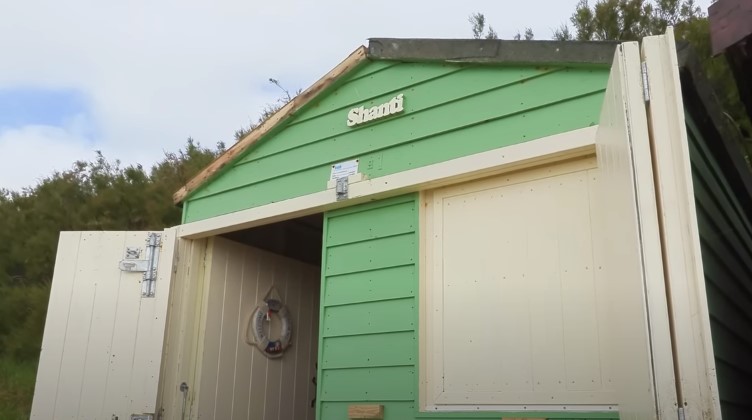
Below are the key shed roof replacement cost factors, providing you with valuable insights to help you make informed decisions for your shed renovation project.
Roofing Material Selection
The choice of roofing material is perhaps the most impactful cost determinant. Different materials come with varying price points and performance characteristics.
For instance, asphalt shingles are a popular and budget-friendly option, costing around $800 for a 200 sq. ft. shed roof installation. On the other end of the spectrum, luxurious options like tile roofing can drive the cost significantly higher, with prices potentially reaching up to $4,000 for a 400 sq. ft. hipped roof.
Rolled roofing is an economical choice for simpler shed roofs, with costs as low as $200 for a 100 sq. ft. skillion roof.
Roof Size and Shape
The dimensions and configuration of your shed roof play a direct role in the cost calculation. Larger roofs naturally require more materials and labor, which can escalate expenses.

A 200 sq. ft. roof will generally have lower costs compared to a 400 sq. ft. roof, regardless of the material used. Additionally, the roof’s shape matters – gable roofs, with their simpler design, tend to be more cost-effective to replace compared to more intricate hipped roofs.
Labor and Professional Installation
The skill and expertise required for a successful roof replacement cannot be understated. Professional installation ensures proper fitting, waterproofing, and longevity.
Labor costs are influenced by factors like the complexity of the project, accessibility to the roof, and the region’s prevailing wage rates. While a 200 sq. ft. shed roof might involve around $800 for installation, the same roof’s labor costs could vary based on the factors mentioned above.
Moreover, a 400 sq. ft. hipped roof with tile installation demands higher labor expenses due to the intricacies involved.
Additional Features and Accessories
Often overlooked, extra features can also contribute to the final cost. Skylights, vents, chimneys, and other accessories may require additional materials and labor for proper integration.
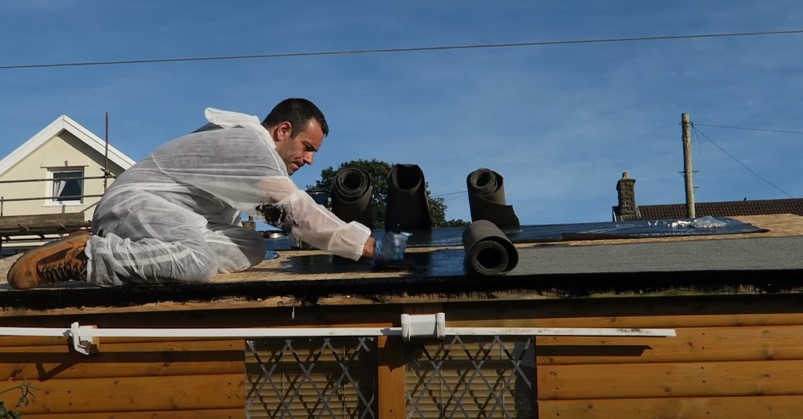
Incorporating these elements seamlessly into the new roof system not only adds to the overall expense but also ensures the shed’s functionality and aesthetics are preserved.
Roofing Complexity and Accessibility
The complexity of your shed’s roof structure and its accessibility for installation impact the cost. A simple gable roof is generally easier and faster to replace than a hipped or gambrel roof with multiple angles and sections.
Furthermore, if your shed is situated in a location that’s difficult to access, such as a remote or elevated area, it might lead to increased labor costs and potential equipment requirements.
Local Material and Labor Costs
Keep in mind that material and labor costs can vary widely depending on your geographical location. Urban areas with higher living costs typically experience inflated labor rates, which can consequently increase the overall replacement cost.
Similarly, regional availability of roofing materials may influence prices. Researching local rates and options will help you estimate your shed roof replacement budget more accurately.
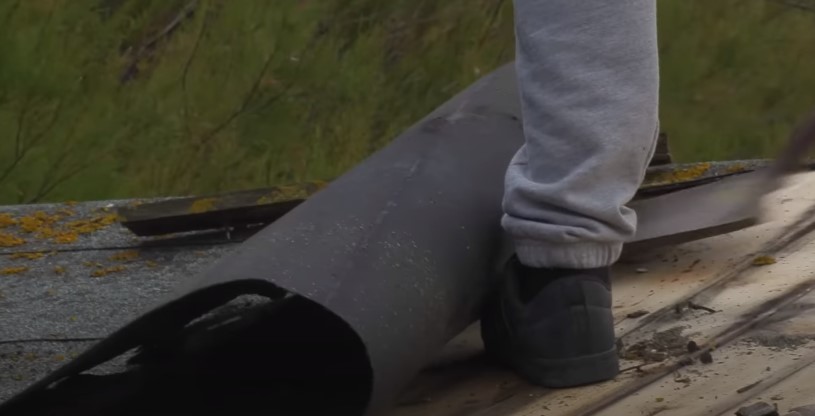
Removal and Disposal of Old Roof
Before the new roof can be installed, the old roof must be removed and properly disposed of. This involves labor, tools, and possibly disposal fees. The cost of this step can vary based on the size and complexity of the existing roof, as well as local waste disposal regulations.
What Are Different Shed Roof Materials?
Asphalt Roof Shingles
You can expect to pay around $1.25 for each square foot of asphalt roof shingles. These shingles are widely used and favored for shed roofs due to their popularity and affordability, making them a practical choice for your project.
Cedar Shingles
Crafted from cedar wood [1], cedar shingles stand out as an appealing and visually charming roofing choice. You can anticipate a cost of approximately $4.80 for every square foot of these shingles.
It’s important to note that wood shingles require regular preservation treatments every two to five years to maintain their longevity and quality over time.
Metal Shingles
Metal shingles come in a range of prices, spanning from $3 to $18 per square foot, contingent on the metal variety. While more expensive, special metals like copper can lend your shed roof a distinctive look.
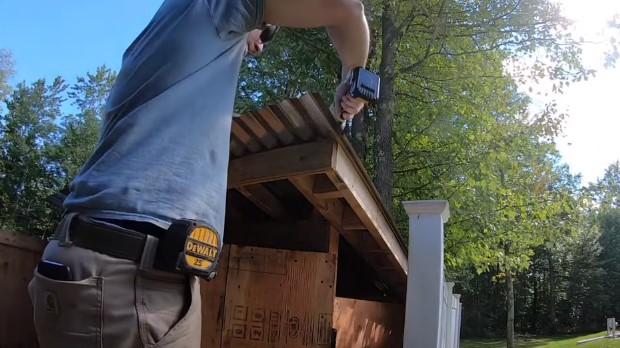
Beyond cost, metal shingles offer remarkable durability and a prolonged lifespan, making them a reliable and lasting choice.
Clay Tile Shingles
Clay tile roof shingles present a robust and appealing roofing material. The usual price ranges from $6 to $8 per square foot. These tiles are known for their strength and fire resistance.
Keep in mind, though, that their weight is substantial, which might necessitate additional structural reinforcement for your shed if you opt for this tile type.
Slate Shingles
Slate stands as an elegant and exceptionally enduring roofing option. The cost for slate shingles usually falls within the range of $8 to $18 per square foot. Impressively, these shingles can endure for centuries.
However, similar to clay tiles, the weight of slate shingles is considerable, necessitating added structural reinforcement to accommodate their heft.
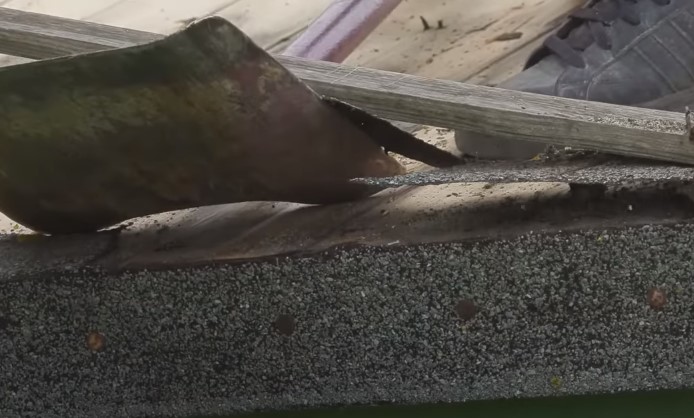
Additional Considerations and Costs in Replacing a Shed Roof
When replacing a shed roof, there are various factors beyond the initial material and labor expenses that deserve your attention. Understanding these additional considerations and costs is crucial for a comprehensive budget and a successful roof replacement project.
Below are the various aspects you should keep in mind as you plan to revamp your shed’s roof.
Old Roof Removal and Disposal
Before your new roof can be installed, the existing one must be removed and properly disposed of. This involves labor, tools, and potentially disposal fees, depending on your local regulations.
The complexity and size of the old roof can impact removal costs, so it’s important to account for this step in your budget.
Underlayment and Decking Replacement
It’s essential to assess the condition of the roof’s underlying structure, including the decking and underlayment. If these components are damaged or deteriorated, they may need to be replaced before the new roof is installed.
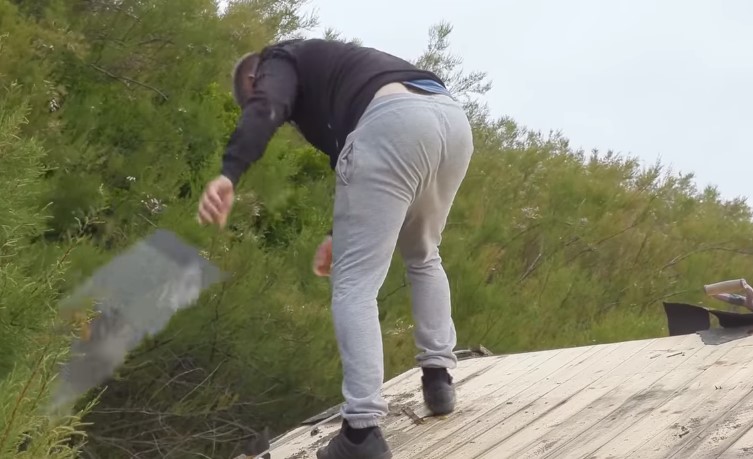
This could add to your project costs but ensures a solid foundation for your new roof.
Roof Ventilation
Proper ventilation is vital for maintaining your shed’s interior temperature and preventing moisture buildup. Consider incorporating ventilation features like ridge vents, soffit vents, or gable vents.
While this may increase costs initially, it can prevent potential issues down the line and extend the lifespan of your new roof.
Flashing and Sealing
Flashing, which prevents water from seeping into vulnerable areas like chimneys and vents, is essential for a watertight roof. Proper sealing around roof penetrations is equally important.
These details might require additional materials and labor, but they contribute to the overall longevity and functionality of your new shed roof.
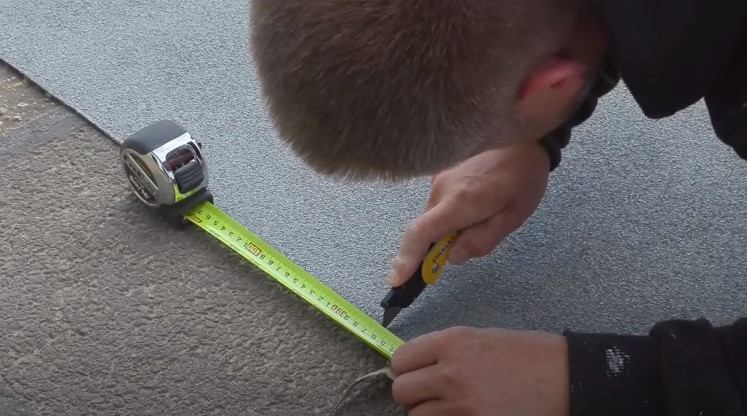
Energy Efficiency Upgrades
If your shed serves as a workspace or is used frequently, investing in energy-efficient roofing materials can be a smart decision. Reflective coatings, insulation, or light-colored materials can help regulate temperatures and reduce energy consumption.
While these upgrades might have higher initial costs, they can lead to long-term savings.
Warranty and Maintenance
Different roofing materials come with varying warranty periods and maintenance requirements. Consider the longevity of the warranty offered by the manufacturer and factor in the costs of potential maintenance over time.
Spending a bit more on a material with a longer lifespan and lower maintenance needs can save you money in the long run.
Building Codes and Permits
Check with your local building authorities to determine whether a roof replacement requires permits or must adhere to specific building codes. Obtaining the necessary permits adds to your project’s administrative costs but ensures your shed roof replacement is compliant with regulations.
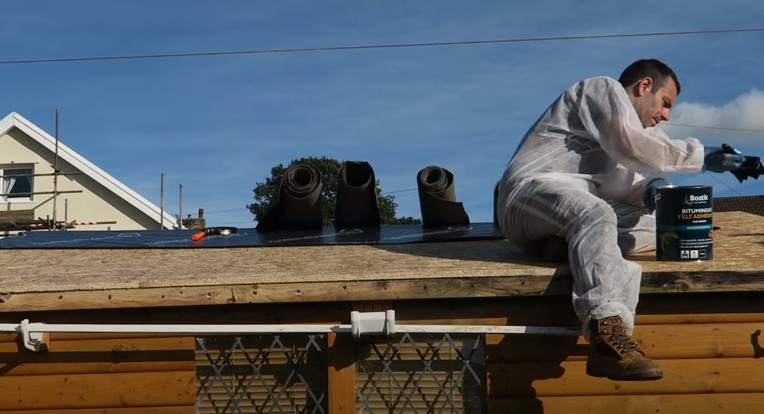
Future Roof Maintenance
Once your new shed roof is in place, ongoing maintenance is essential to prolong its life. Regular inspections, clearing debris, and addressing minor issues promptly can prevent major problems down the line.
While not an immediate cost, budgeting for routine maintenance can save you from larger expenses in the future.
Aesthetic Enhancements
While not mandatory, you might also consider aesthetic upgrades that enhance the appearance of your shed. Features like architectural details, color choices, or decorative elements can add a personal touch but may come with additional costs.
How to Prolong the Life of Your Shed Roof?
A well-maintained shed roof is not only a protective barrier for your storage space but also an investment that adds value and functionality to your property. To ensure your shed roof stands the test of time, there are several proactive measures you can take.
Below are the different key strategies for extending the life of your shed roof and keeping it in optimal condition for years to come.
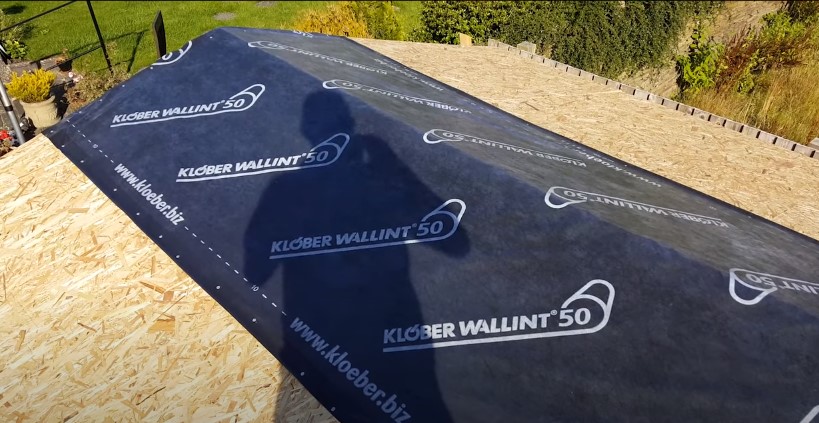
Regular Inspections
Performing routine visual inspections is a fundamental step in roof maintenance. Check for signs of damage, such as cracked or missing shingles, curling edges, or loose flashing.
Early detection allows you to address issues promptly before they escalate into larger problems.
Clear Debris
Regularly remove leaves, branches, and debris from the roof’s surface and gutters. Accumulated debris can trap moisture and promote the growth of mold and algae, which can compromise the integrity of the roofing materials.
Address Moss and Algae Growth
Moss and algae growth not only detract from your shed’s appearance but can also damage shingles. Use a soft brush or low-pressure washer to gently remove these growths, taking care not to damage the roofing materials in the process.
Maintain Proper Ventilation
Adequate ventilation is crucial to prevent excess moisture buildup in your shed’s attic or underlayment. Ensure that vents are unblocked and functioning properly to allow for proper air circulation, which helps prevent moisture-related issues.
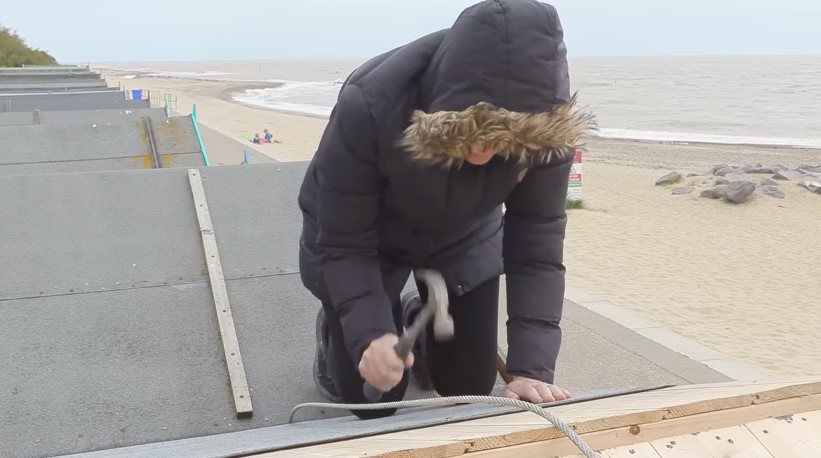
Repair Leaks Promptly
If you notice any signs of leaks, such as water stains on the ceiling or interior walls, take action immediately. Locate the source of the leak and address it promptly to prevent further damage to the roof and the shed’s interior.
Trim Overhanging Branches
Overhanging tree branches can pose a risk to your shed roof during storms and high winds. Trim back branches that could potentially fall onto the roof and cause damage.
Apply Protective Coatings
Depending on the roofing material, applying protective coatings can enhance durability and resistance to the elements. Consult with professionals to determine if applying coatings is suitable for your specific roofing material.
Regularly Clean Gutters
Clogged gutters can lead to water backup, which can damage the roof’s edges and contribute to leaks. Regularly clean and maintain your gutters to ensure proper water drainage.
Ensure Proper Insulation
Proper insulation can help regulate the shed’s interior temperature, reducing the risk of moisture buildup and damage. Inspect and upgrade insulation as needed to maintain a comfortable and moisture-free environment.
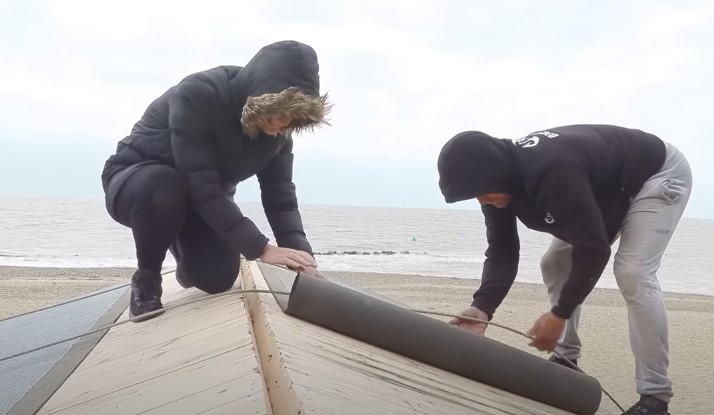
Schedule Professional Inspections
While DIY inspections are valuable, having a professional roofing contractor conduct periodic assessments can provide a more thorough evaluation. Professionals can identify hidden issues and provide expert recommendations for maintenance and repairs.
Maintain Drainage
Ensure that the area around your shed is properly graded to direct water away from the foundation. Poor drainage can lead to water pooling near the shed, which can eventually compromise the integrity of the roof and the shed’s structure.
Keep Records
Maintain a record of inspections, repairs, and maintenance tasks performed on your shed roof. This helps you track the roof’s condition over time and provides valuable information for future maintenance and potential resale.
Consider Climate Factors
Your shed’s location and the local climate play a significant role in its roof’s longevity. For example, sheds in humid climates might require more frequent moss and algae cleaning, while sheds in regions with heavy snowfall might need special considerations to prevent ice dams.
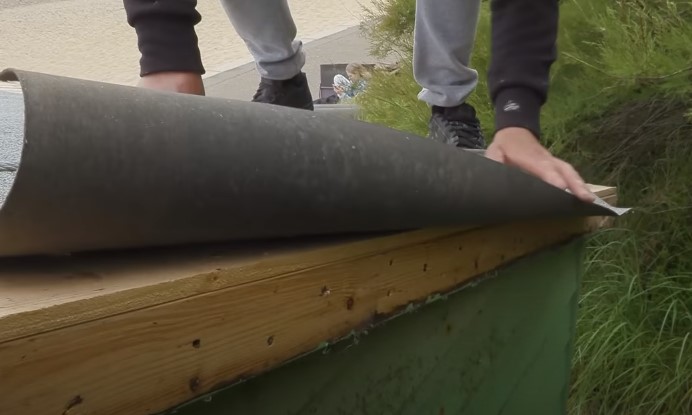
Timely Repairs
If you identify any issues during inspections, address them promptly. Delaying repairs can lead to the deterioration of roofing materials and potentially escalate into more expensive problems.
How Long Should a Shed Roof Last?
The lifespan of a shed roof varies based on factors like materials, climate, maintenance, and quality of installation. Generally, asphalt shingles, commonly used for shed roofs, can last around 20 to 30 years with proper care.
However, more durable materials like metal, cedar, or slate can extend the roof’s life to 60 years or more. Regular inspections, timely repairs, and proper maintenance can significantly contribute to maximizing the longevity of your shed roof.
How to Tell If You Need a New Shed Roof?
Recognizing the need for a new shed roof involves observing several key indicators. Firstly, examine the shingles for signs of wear, such as curling, cracking, or missing pieces.
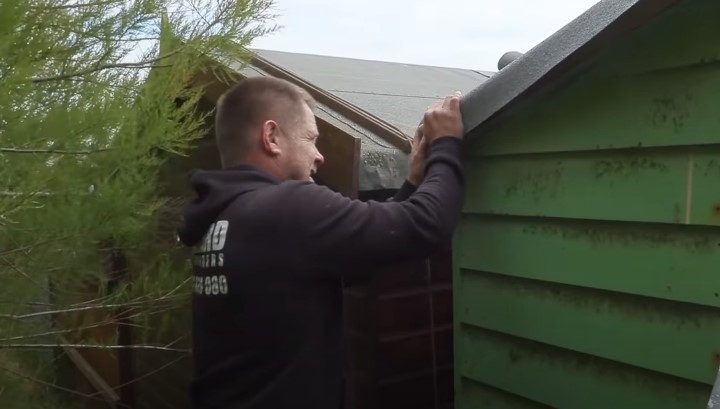
If the shingles appear significantly deteriorated, it might be time for a replacement. Water stains on the shed’s interior walls or ceiling, as well as leaks, signal potential roof damage.
Additionally, if you notice excessive granule loss from asphalt shingles in your gutters or around the shed, it could indicate their degradation. Mold or algae growth, especially in consistently damp areas, signifies underlying moisture issues.
Sagging or a visibly uneven roofline suggests structural problems that require immediate attention. Age is another factor. If your shed roof is approaching its expected lifespan and exhibiting any of these signs, a replacement might be imminent.
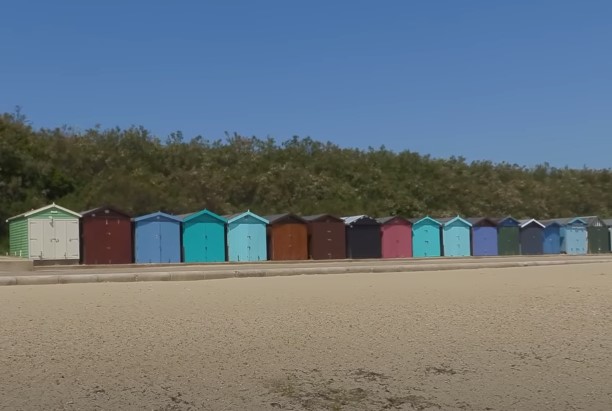
Regular inspections and addressing issues promptly can help prevent further damage and extend the life of your shed roof.
Conclusion
Replacing a shed roof’s cost varies based on factors like materials, size, and labor. Asphalt shingles are budget-friendly, while options like tile or slate can be more expensive.
Other considerations include labor, removal of the old roof, and potential additional features. Proper planning ensures informed decision-making for your shed’s roof replacement.

